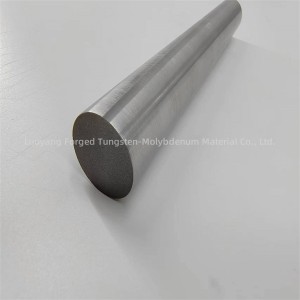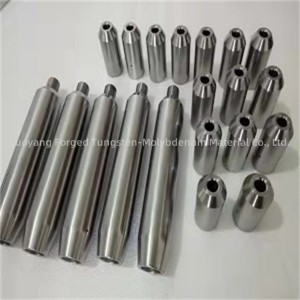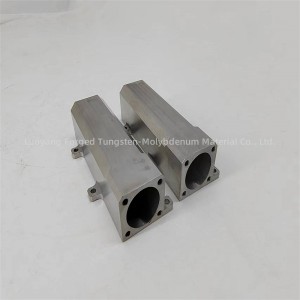Polished Mo 1 Pure Molybdenum Crucible Custom Size
In some cases, using the same crucible for different metals is feasible, but there are several factors that need to be carefully considered:
1. Contamination: Certain metals are sensitive to contamination from other metals. Using the same crucible for different metals can lead to cross-contamination, affecting the purity and performance of the metal being melted or processed.
2. Reaction with crucible materials: Certain metals can react with crucible materials, causing contamination or degradation of the crucible. For example, certain metals may react with the crucible's ceramic or refractory material, affecting its integrity and potentially contaminating subsequent melts.
3. Temperature compatibility: Different metals have different melting points and require specific temperature conditions for processing. Using the same crucible with metals with significantly different melting points can create challenges in maintaining proper temperature control and may affect the crucible's performance and service life.
4. Residual material: Even after cleaning, some residual material from the previous melt may remain in the crucible, which may affect subsequent metal processing.
In general, it is best to use separate crucibles for different metals to avoid contamination and ensure the integrity and purity of the materials being processed. If crucibles need to be reused for different metals, thorough cleaning and proper maintenance are necessary to minimize the risk of contamination and ensure the quality of the metal being processed.
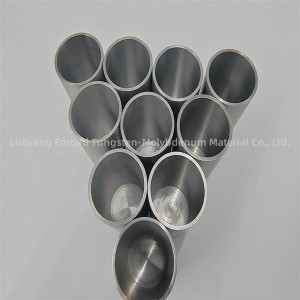
Heating a crucible without causing it to crack requires careful control of the heating process to minimize thermal shock and stress on the crucible material. Here are some key considerations to prevent your crucible from cracking during heating:
1. Preheat: Gradually preheat the crucible to allow the material to expand evenly and minimize thermal stress. Sudden exposure to high temperatures can cause thermal shock and lead to cracking.
2. Avoid direct contact with the flame: When using a direct heat source, such as a torch or burner, avoid placing the flame directly on the crucible. Instead, the crucible should be positioned in a way that allows for indirect heating so that the heat is distributed more evenly.
3. Use a furnace or kiln: If possible, use a controlled heating environment such as a furnace or kiln to heat the crucible. These methods provide more uniform heating and reduce the risk of thermal stress.
4. Select the appropriate crucible material: Select a crucible material that is appropriate for the expected temperature range and the specific material being processed. Different materials have different thermal expansion characteristics and temperature limitations, so choosing the right crucible material is critical.
5. Handle with caution: Avoid sudden temperature changes and physical shocks that may stress the crucible. Handle the crucible with care to prevent mechanical damage.
6. Gradual cooling: After the heating process, allow the crucible to cool gradually to minimize thermal stress. Rapid cooling can cause thermal shock and potential cracks.
By following these guidelines and exercising caution during heating and cooling, you can minimize the risk of crucible breakage and ensure crucible longevity in a variety of high-temperature applications.
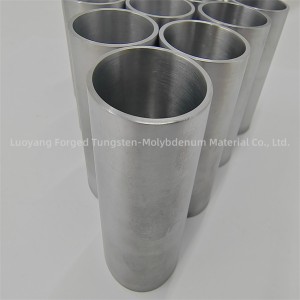
Wechat:15138768150
WhatsApp: +86 15236256690
E-mail : jiajia@forgedmoly.com







